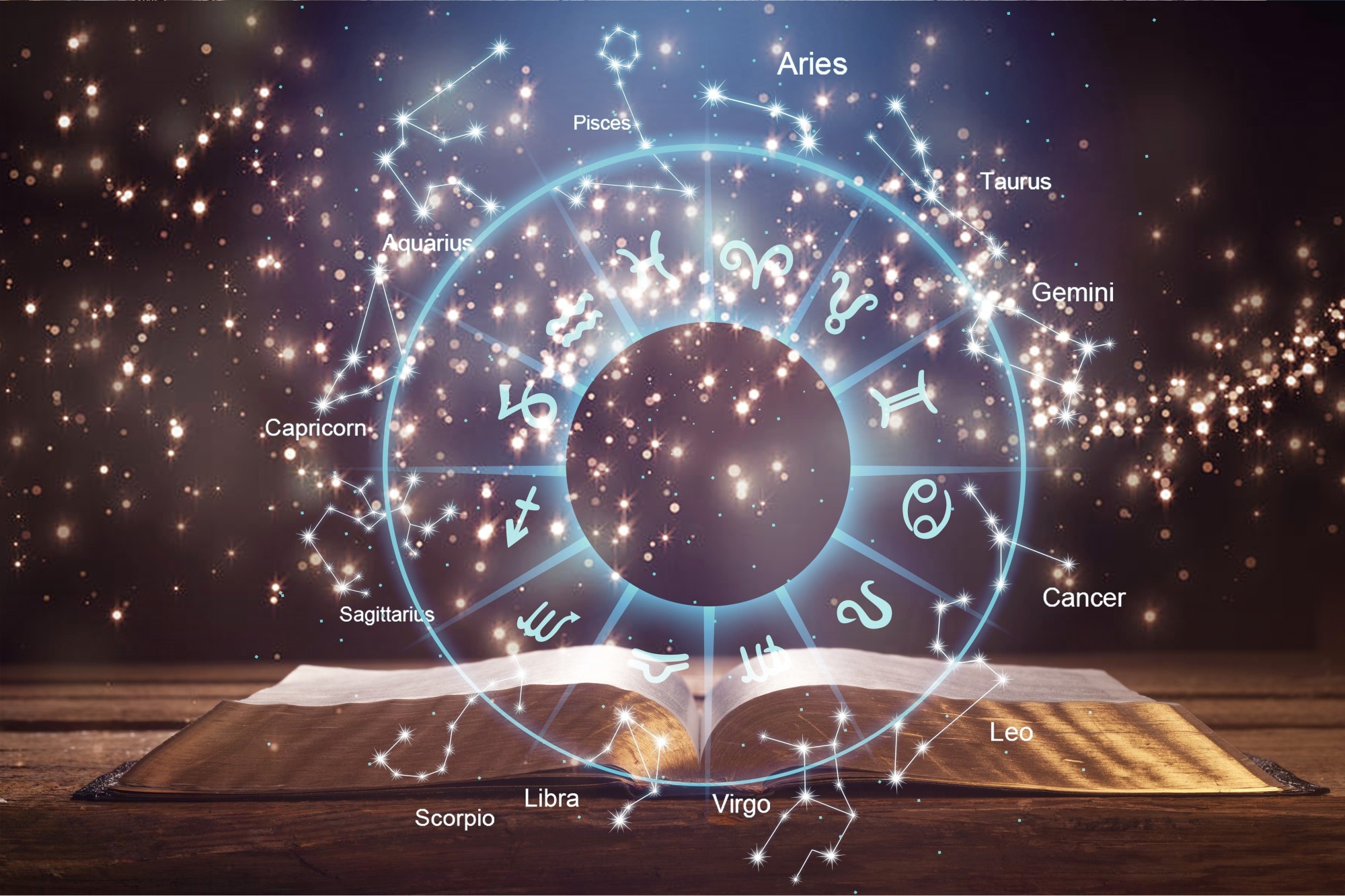Vedic vs. Western Astrology: Which Is More Accurate?

Many people turn to astrology to find out more about themselves, their future, and even to find their ideal partner. Astrology helps us better understand our personality and behaviors and can even be a guide that allows us to reach our goals.
Although there is some debate over whether to classify astrology as a branch of science or not, most believers find their astrological predictions eerily accurate.
But did you know there are different types of astrology? Find out which one is more accurate in the battle between Vedic vs Western astrology.
The Main Differences in Vedic vs Western Astrology
So which is more accurate, Vedic astrology or Western astrology? To determine that, we need to understand the differences between the two types.
Although both are types of astrology, certain methods may make one more accurate.
Source of Origin
Vedic astrology is also known as Hindu astrology and originated in ancient India. Vedic astrology comes from the Vedas which contain the oldest Hindu scriptures.
Western astrology can trace its origins back to the Babylonians. They taught the Greeks astrology around the 4th century B.C. At this point, astrology became regarded as a type of science.
Many believe the zodiac used in Western astrology originated in ancient Egypt before it reached the Babylonians.
Zodiac Type
Western astrology uses twelve signs, each corresponding to one of twelve constellations. It uses a movable zodiac also known as the tropical zodiac, based on the Earth’s orientation to the sun. The signs in the tropical zodiac correspond to the cycle of seasons.
Vedic astrology uses a fixed system and is also called the sidereal zodiac. Both types of astrology measure a year. A sidereal year is the time Earth takes to orbit around the sun using fixed stars as a reference.
A sidereal year is twenty minutes longer than a tropical year because of the precession of the equinoxes.
Number of Planets
There are a total of nine planets in Vedic astrology. These include the Sun, Moon, Mars, Mercury, Jupiter, Venus, Saturn, Rahu and Ketu. Rahu and Ketu are two nodes of the moon.
The sun and moon were once considered planets and are still included because they behave like planets. They are also known as the two lights.
Besides the nine planets, Vedic astrology also uses lunar constellations known as Nakshatras.
Western astrology uses the Sun, Moon, Mercury, Venus, Mars, Jupiter, and Saturn. Planets discovered in modern times and also used by western astrologers include Uranus, Neptune, and Pluto. Vedic astrology does not consider these planets.
Using the Sun vs Using the Moon
Vedic astrology focuses on the moon whereas Western astrology focuses on the sun. So what does this mean exactly?
In astrology, the Sun sign covers your personality and forms the basis of your ego. In psychology, the ego is the part of your personality that makes up your “self”.
Your Sun sign is easy to figure out since all you need to know is the day and year of your birth. When people ask what your sign is, they’re asking for your Sun sign.
So what about your Moon sign? The Moon sign determines your emotions and mood. Sensitive people may relate more to their Moon sign than their Sun sign.
You can determine your Moon sign with your birth date, place, and time of birth. It’s a little more complicated than your Sun sign, but knowing your exact Moon sign can tell you a lot about yourself.
Determining your Moon sign can get complicated. If you want to find out more about horoscope readings, an astrologer can guide you.
How Math Plays a Part in Accuracy
One of the main differences in Vedic astrology vs Western is the math they use. Both systems use math to make astrological predictions, but Vedic uses more complex math.
Astrology is all about projective geometry. This means that it focuses on the differences in a celestial body’s angular distance from the Earth. In the zodiac, each of the twelve signs measures 30 degrees on the celestial sphere.
Although often used interchangeably, constellations are not the same as signs. The size of a constellation varies, unlike signs because signs are constructs.
But why 30 degrees?
Early astrologers determined your sign by figuring out which constellation the sun was in on your day of birth. Astronomers calculated that the sun would travel through the signs over one year, spending roughly 30 days (or a month) in each. So they figured each sign measured 30 degrees on the ecliptic.
How the Zodiac Has Changed
The motion of the planets varies and not all planets are visible to the naked eye. Most of the time, planets move eastward but occasionally they move westward. When this happens, it’s called a retrograde movement.
The tropical zodiac uses the vernal equinox as a starting point. The sidereal zodiac relies on fixed constellations. At one point, constellations aligned with the divisions.
However, when the Earth wobbles on its axis (called precession), it creates a shift that affects the vernal equinox. This means that the stars align differently according to our perspective from Earth.
Due to precession, the western divisions of the zodiac no longer line up with the constellations they were named for.
Vedic astrology accounts for precession. It isn’t as affected by the shifting of the planet on its axis because of what it’s based on.
Vedic astrology measures the sidereal year and also uses Nakshatras, Dasha System, and Divisional Charts. This makes Vedic astrology more complex, but also more reliable. Many claim that the sidereal zodiac provides deeper insight.
Which One Is More Accurate?
So when it comes down to Vedic vs Western astrology, which one should you rely on?
Many people prefer the sidereal system because it’s more accurate and covers many areas of your life. The Vedic system accounts for precession and tends to be more reliable.
However, don’t write off tropical astrology. Even though the signs have shifted over the years, Western astrology isn’t based entirely on your sign aligning with your constellation. It’s based more on the seasons at the time you were born in relation to solstices and equinoxes.
Western astrology is still reliable especially if you rely on aspects and houses to make predictions. Both forms of astrology have their advantages, though many people claim Vedic is more reliable.
In the end, you should explore both types of astrology to see what resonates best with you.
Did you enjoy learning about astrology? Be sure to check back on our website daily for more interesting facts, tips, and more.



